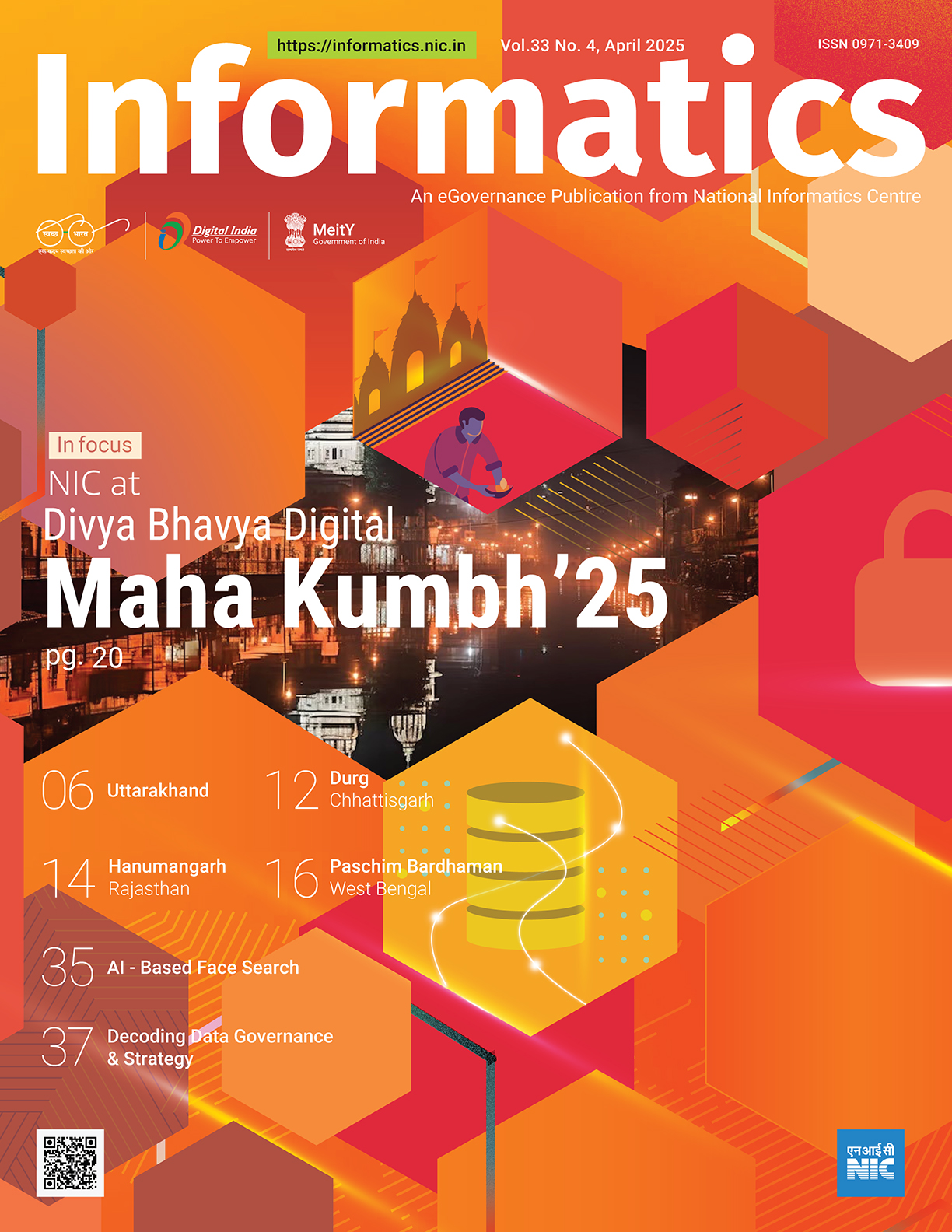Editorial
In a country as diverse and vibrant as India, culture is not just an identity—it is a living, breathing force. It is etched in temple walls, echoed in folk songs, woven into handlooms, and celebrated in every festival and fair. But in today’s rapidly globalizing world, where digital platforms influence narratives and shape collective memory, India’s cultural richness must not remain confined to museums, archives, or memory alone. It must be experienced, shared, and celebrated through the power of technology. India, with its unmatched civilizational depth and digital ambition, stands at the unique intersection of tradition and transformation. From virtual tours of heritage sites to AI-powered translations of ancient manuscripts, from tribal archives available at a click to livestreamed folk performances—technology is no longer just supporting culture; it is actively enabling its rediscovery and reinvention.
Through initiatives like the Digital India Mission, INDIA CULTURE portal, e-Granthalaya, and the National Digital Library, platforms have emerged that make rare artifacts, regional histories, and traditional knowledge accessible to citizens across languages and geographies. Mobile apps and social media now connect young artisans with global markets. Local dialects are being preserved through crowdsourced language tools. What was once ephemeral and local is now documented, shareable, and global.
The National Informatics Centre has been at the forefront of this quiet revolution—integrating digital systems, building inclusive platforms, and driving innovations that empower cultural governance. Technology today is not only preserving India’s traditions—it is also amplifying them to reach new generations, new regions, and new realms.
This issue of Informatics is a tribute to that vision—where culture meets code, and devotion meets data. It celebrates how technology promotes inclusivity—by enabling people of all abilities and backgrounds to experience heritage. It encourages innovation—through AR/VR storytelling and gamified learning. It also fosters economic empowerment—by connecting artisans, performers, and storytellers to wider audiences and sustainable livelihoods.
As a highlight, this issue brings you a special article on Maha Kumbh 2025, a landmark event where spiritual tradition and digital innovation converged at an unprecedented scale. With NIC at the helm, the world’s largest gathering of pilgrims became India’s first Digital Maha Kumbh, redefining how we experience culture in the 21st century.
Culture is not static. It evolves, breathes, and speaks the language of its time. Today, that language is digital. And India is showing the world that technology need not dilute tradition—it can deepen it. We are no longer telling our cultural story in fragments or footnotes. We are streaming it, coding it, visualizing it, and sharing it—so that every citizen becomes both a guardian and a storyteller of our timeless legacy.
Let this issue of Informatics be a reflection of that journey—from heritage to homepage, from oral tradition to cloud servers, from sacred rituals to virtual reality. In doing so, we reaffirm that our future readiness lies not in choosing between culture and code—but in blending both to shape a more connected, inclusive, and inspired nation.

